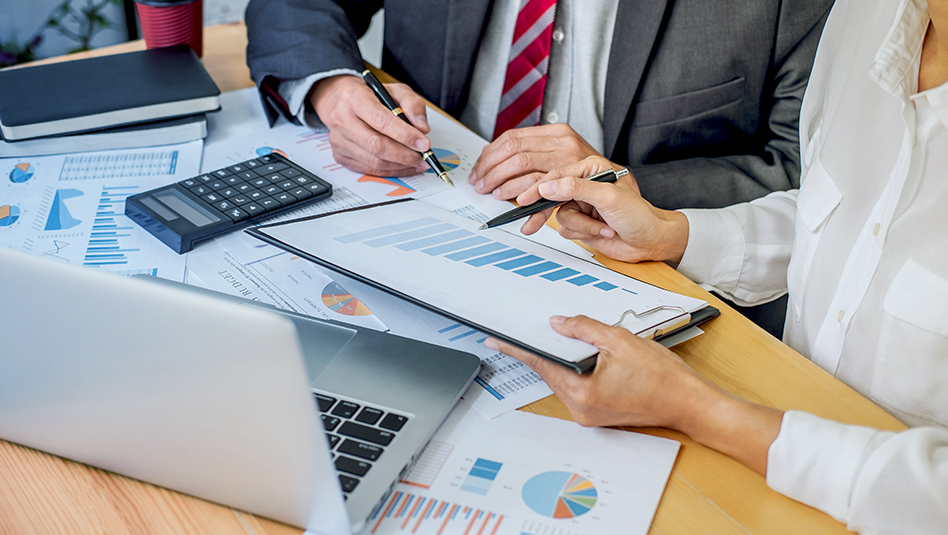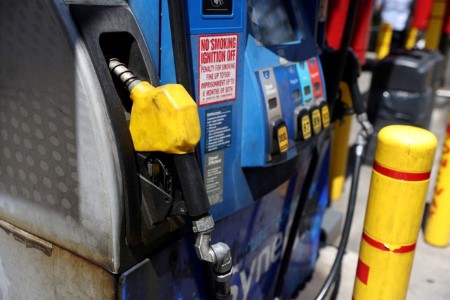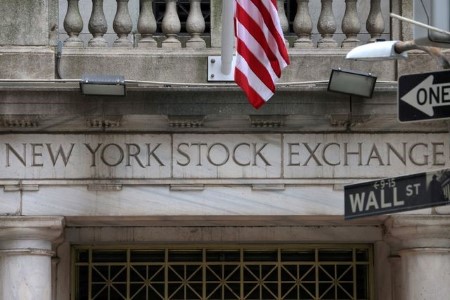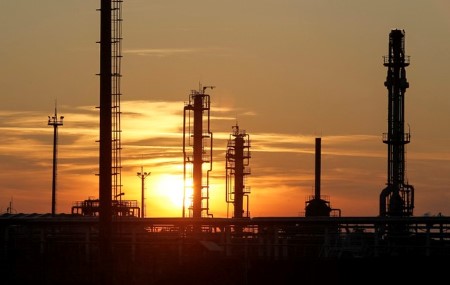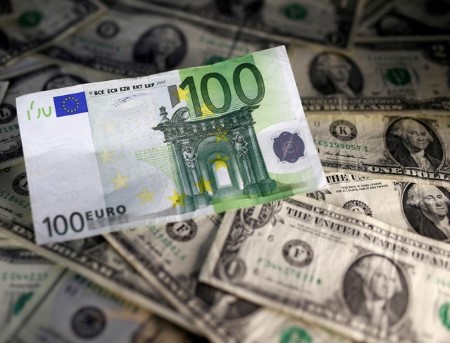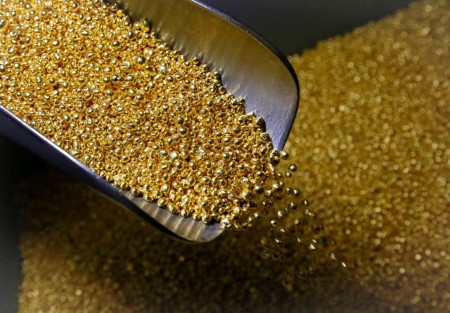SINGAPORE, Nov 16 (Reuters) – Oil prices slid on Wednesday as COVID-19 cases in China continued to climb, sparking worries of lower fuel demand in the world’s top crude importer that outweighed concerns about an escalation of geopolitical tensions and tighter oil supply.
Brent crude futures dropped by 33 cents, or 0.4%, to USD 93.53 a barrel by 0737 GMT, while US West Texas Intermediate (WTI) crude futures fell 44 cents, or 0.5%, to USD 86.48 a barrel. Both benchmarks fell more than USD 1 earlier in the session.
Oil prices settled higher on Tuesday after oil supply to parts of Eastern and Central Europe via a section of the Druzhba pipeline was temporarily suspended, according to oil pipeline operators in Hungary and Slovakia.
The disruption came concurrent with an explosion in a village in eastern Poland near the Ukraine border that killed two people and raised the possibility that the Russian-Ukraine conflict could spill over.
But after the initial “knee-jerk rally in oil prices, the tepid market follow-through reflects the significant prudence that will be taken to avoid an escalation,” said Stephen Innes, managing partner at SPI Asset Management.
US President Joe Biden’s comments that the missile was probably not fired from Russia also helped to ease immediate escalation worries, Innes said.
In China, rising COVID-19 cases are weighing on sentiment despite the hopes raised by easing virus restrictions this week.
“From all accounts, China is persisting with its zero-COVID policy, which is a natural dampener for oil market sentiment,” said Vandana Hari, founder of Vanda Insights in Singapore.
That has dampened the oil demand growth outlook, with the International Energy Agency (IEA) forecasting demand growth to slow to 1.6 million bpd in 2023 from 2.1 million bpd this year.
Earlier, the Organization of the Petroleum Exporting Countries (OPEC) cut its forecast for 2022 global oil demand growth for a fifth time since April citing mounting economic challenges.
Industry data showing a bigger-than-expected drop in US crude stockpiles provided some support to oil prices.
US crude oil inventories fell by about 5.8 million barrels for the week ended Nov. 11, according to market sources citing American Petroleum Institute figures.
By comparison, seven analysts polled by Reuters estimated on average that crude inventories dropped by about 400,000 barrels.
Official US inventory data from the Energy Information Administration is due at 10:30 a.m. EST (1530 GMT).
In the United States, producer prices increased less than expected in October, suggesting inflation was starting to ease, which may allow the Federal Reserve to slow its aggressive pace of interest rate hikes.
(Reporting by Isabel Kua; Editing by Tom Hogue)







 DOWNLOAD
DOWNLOAD

